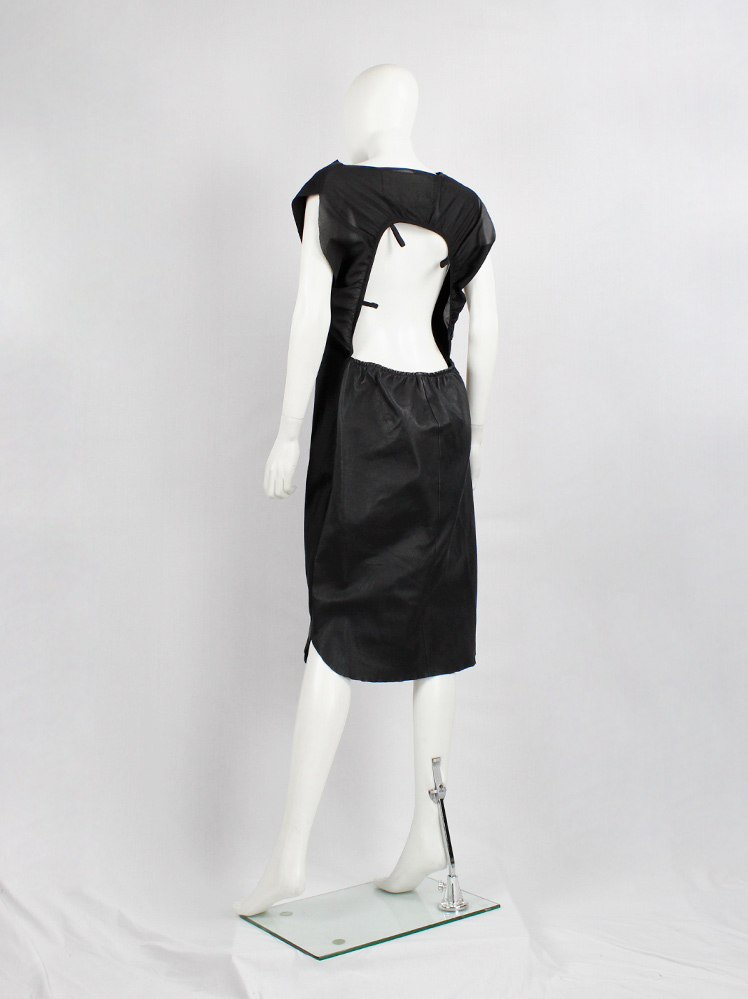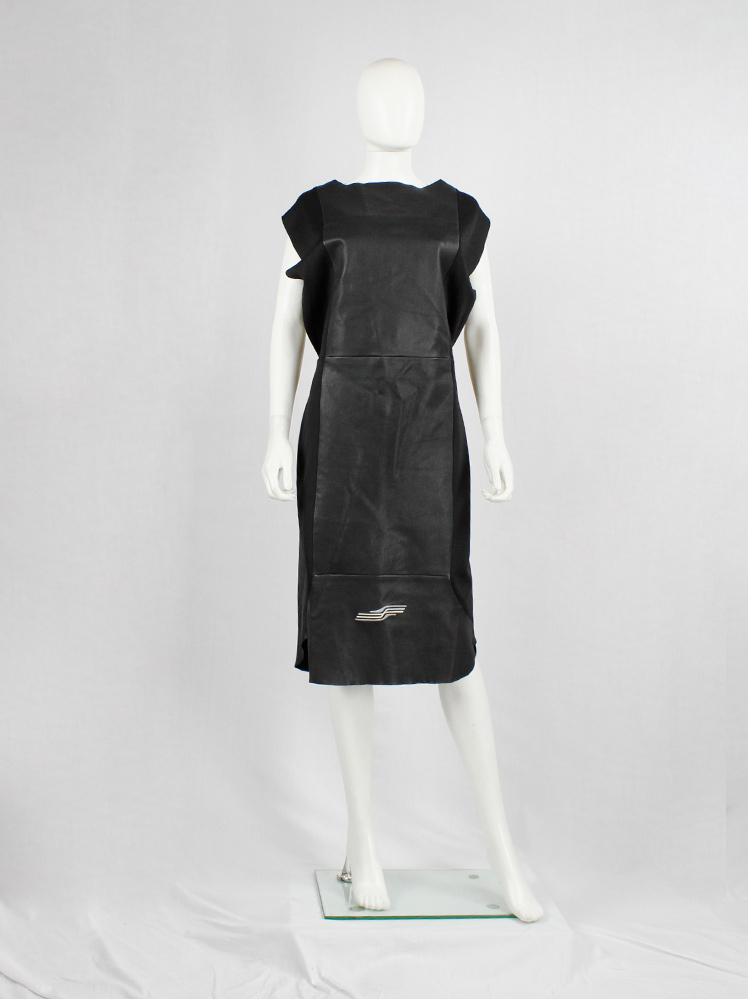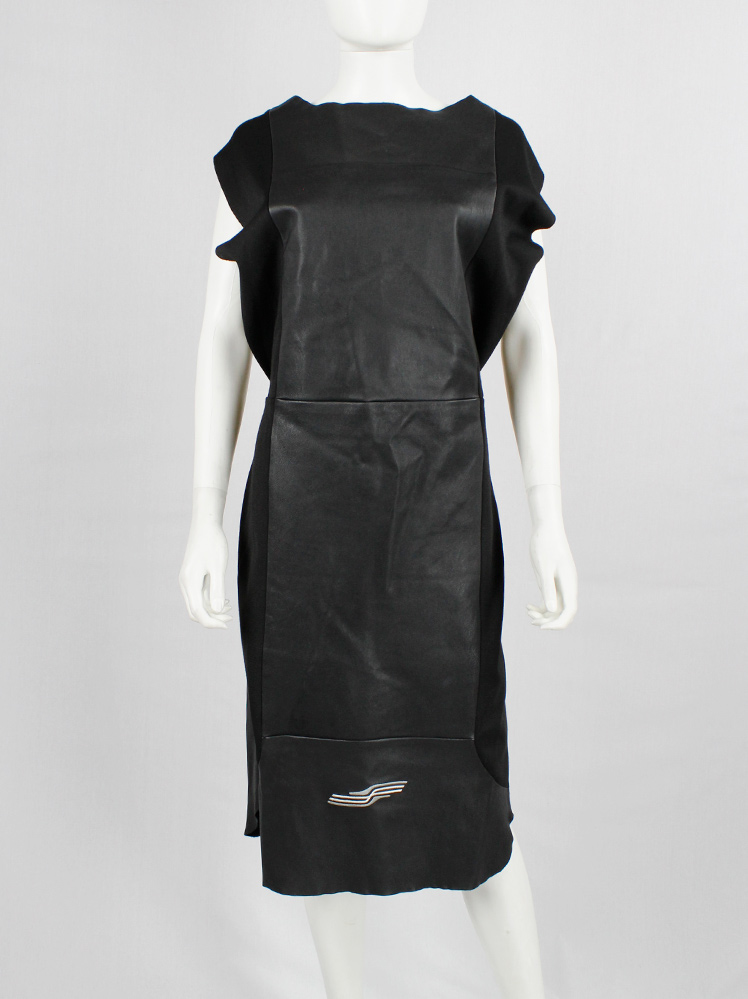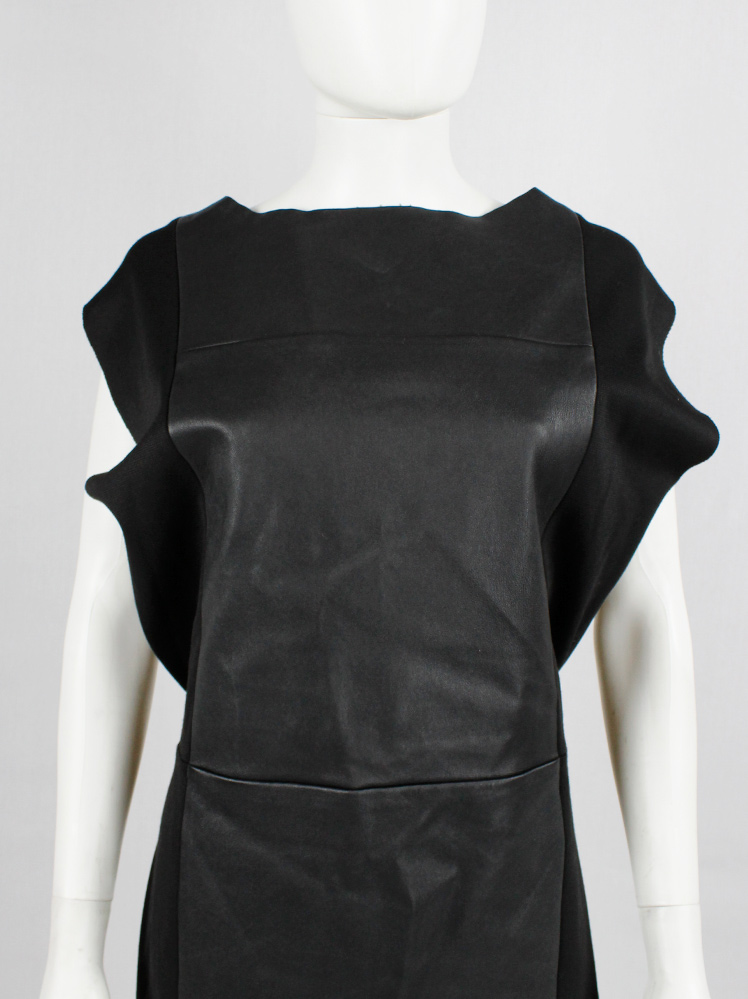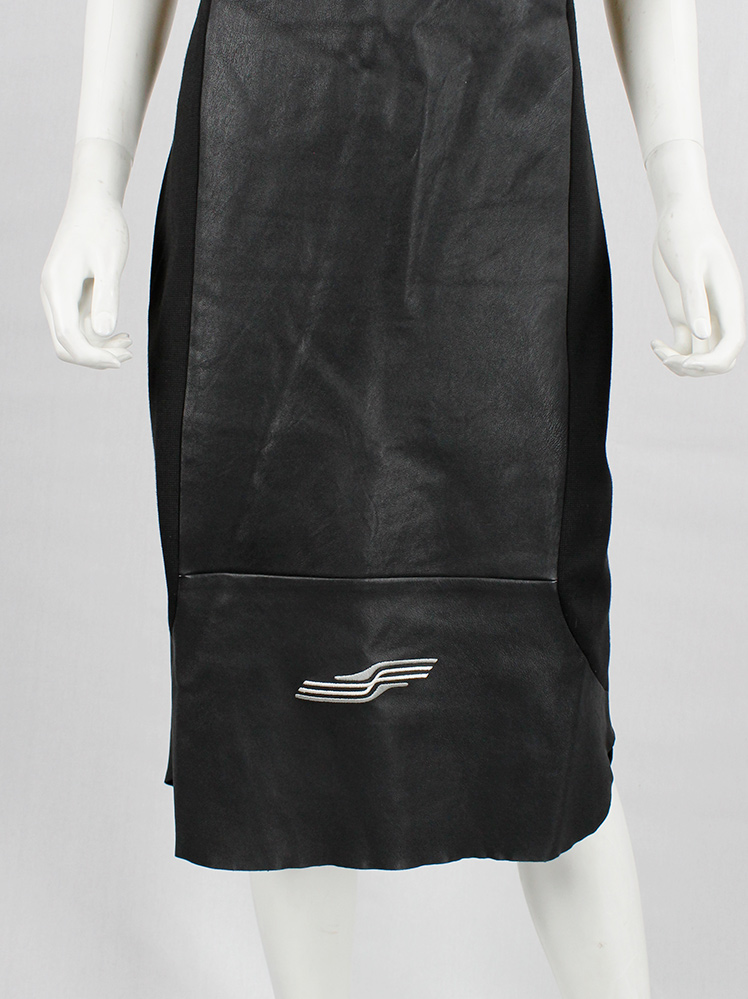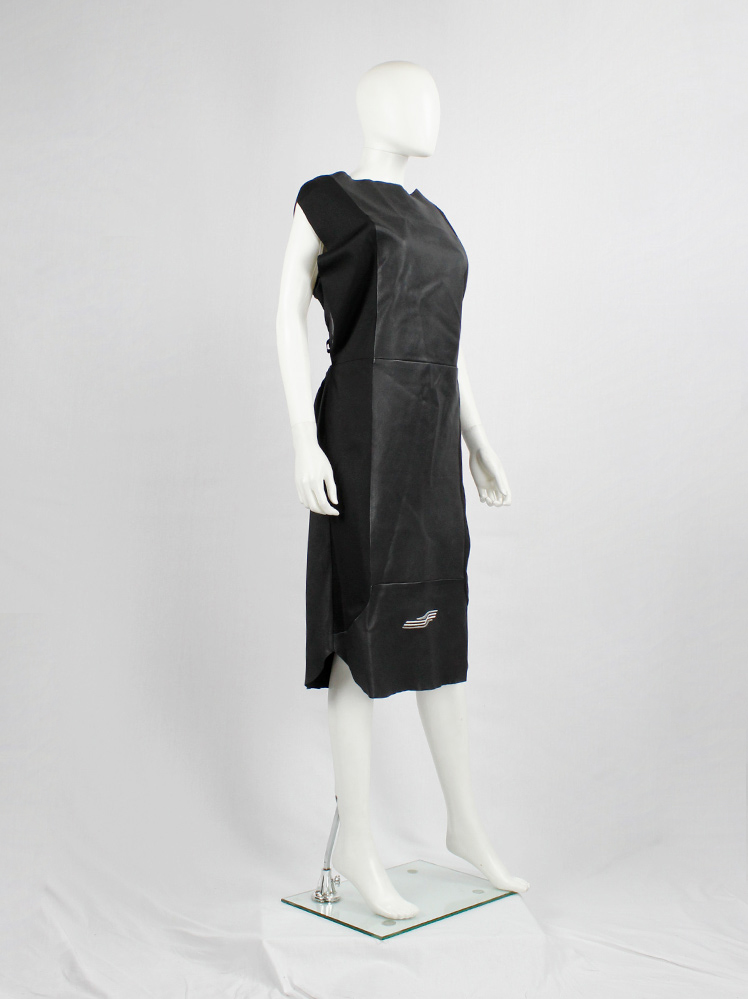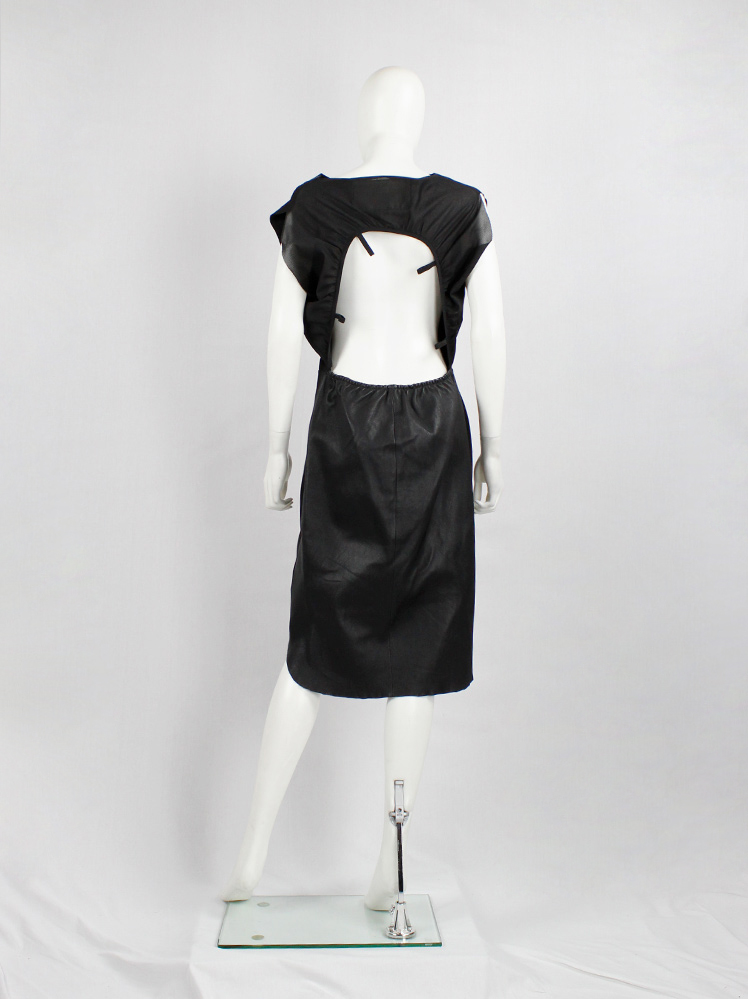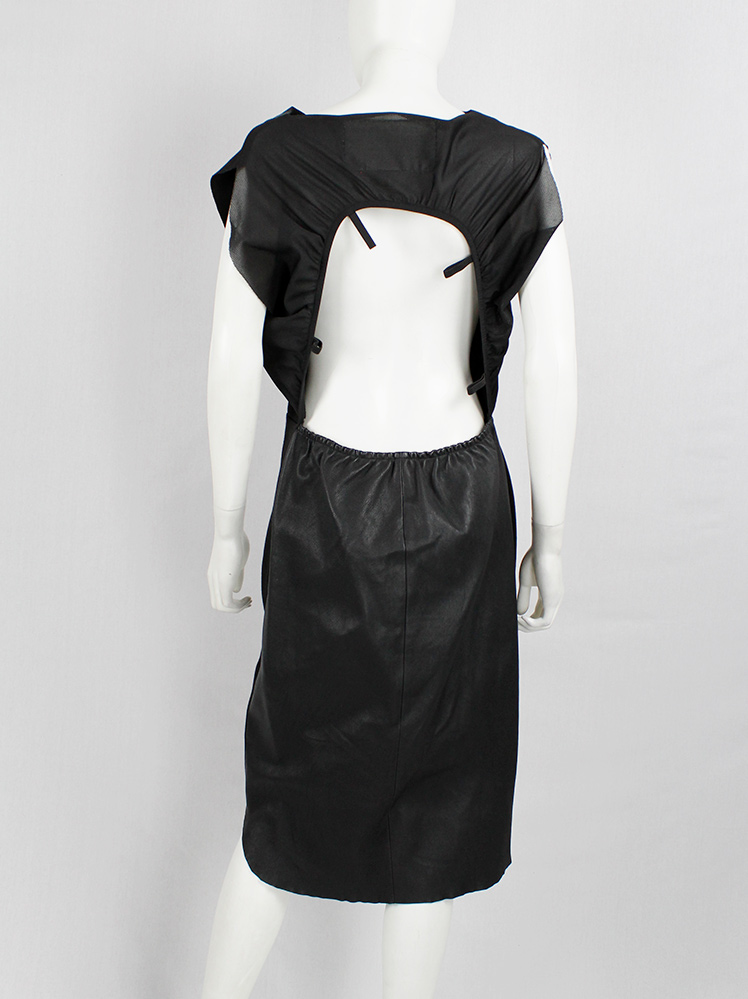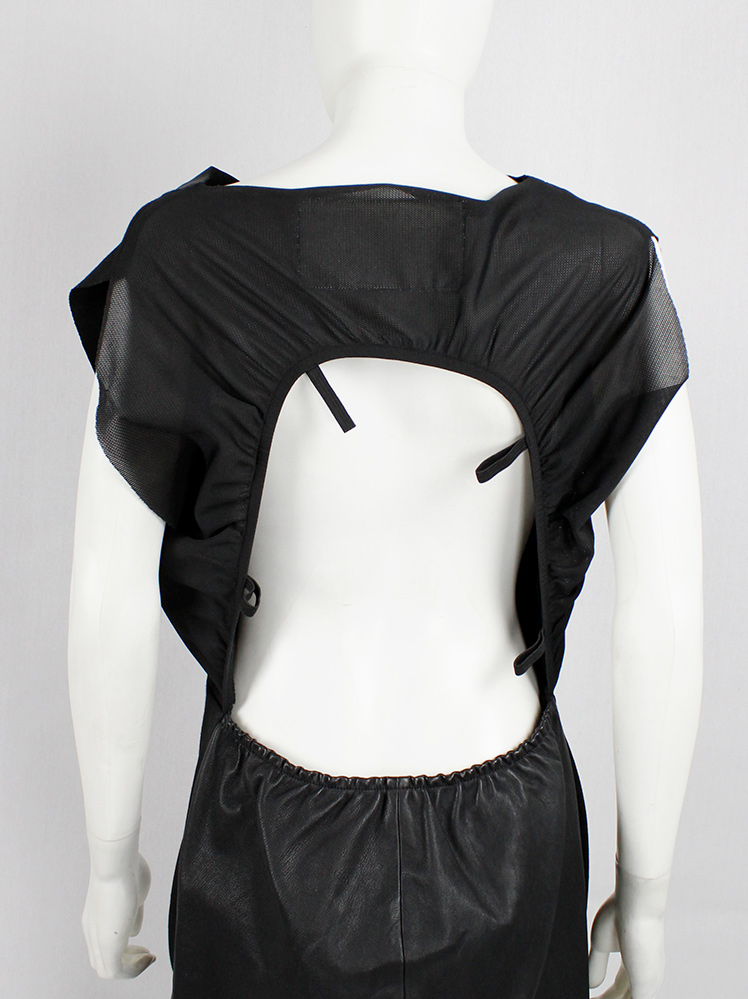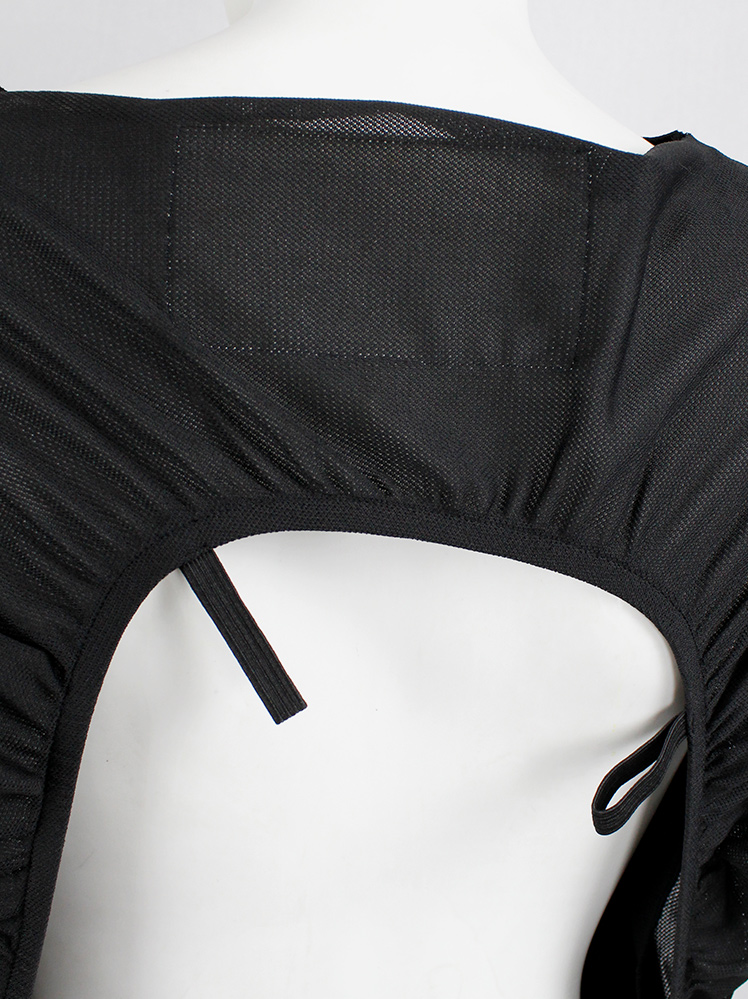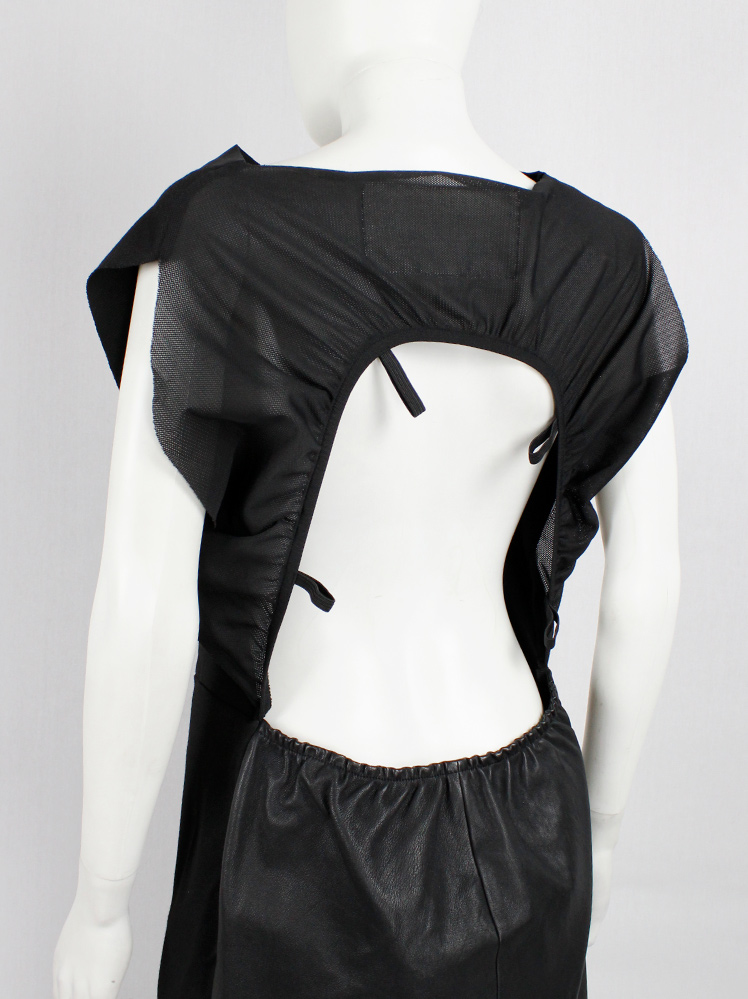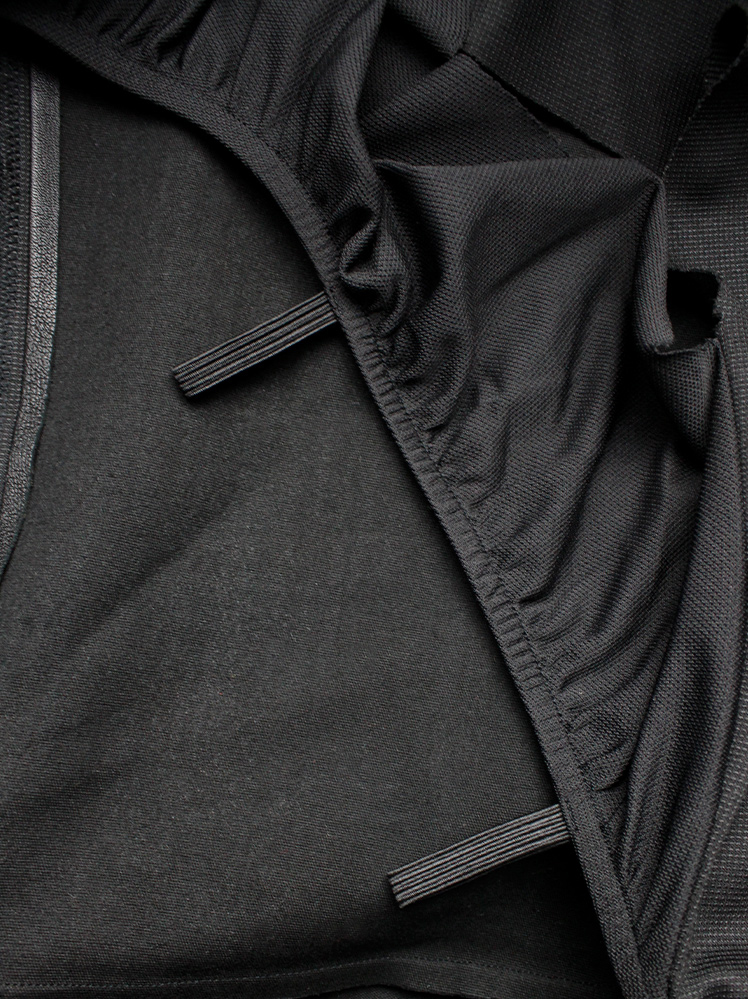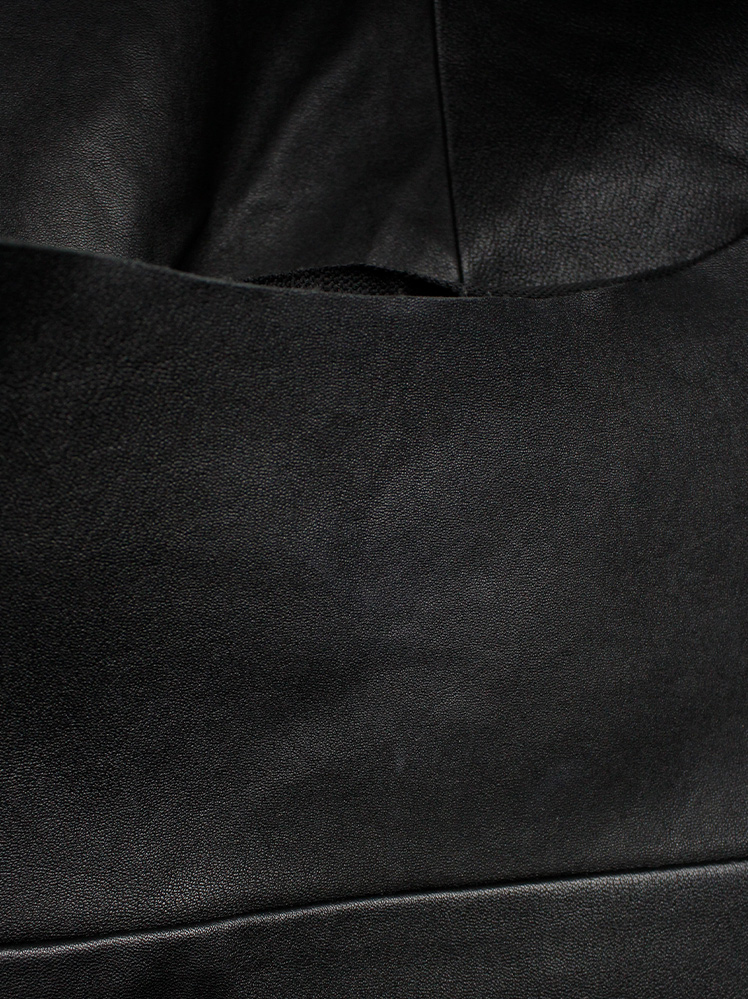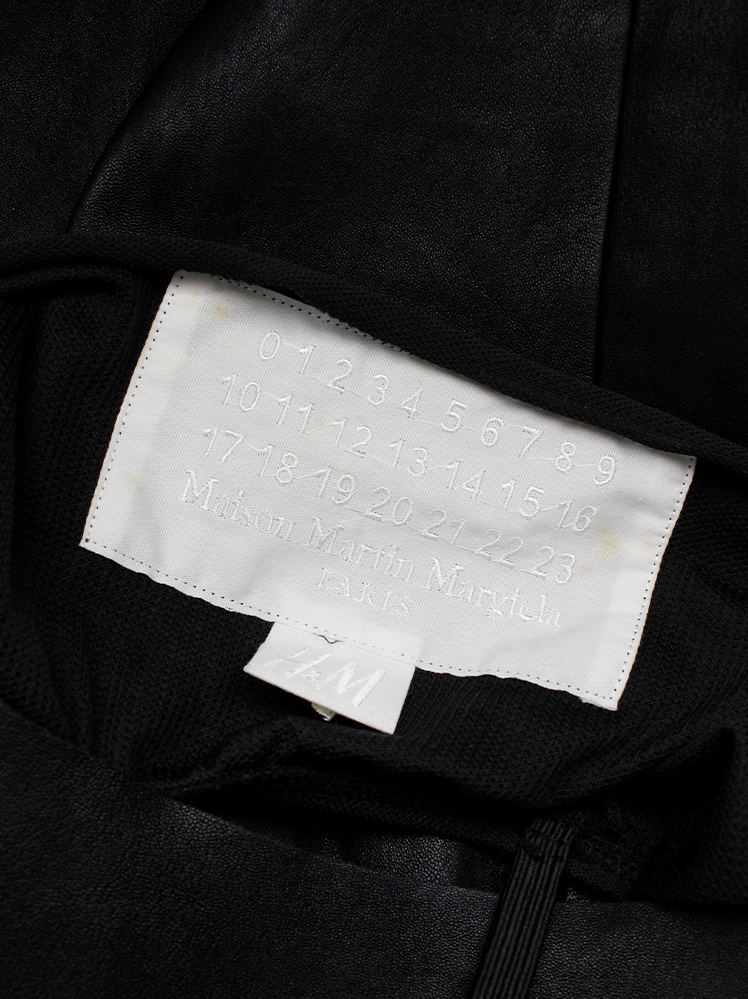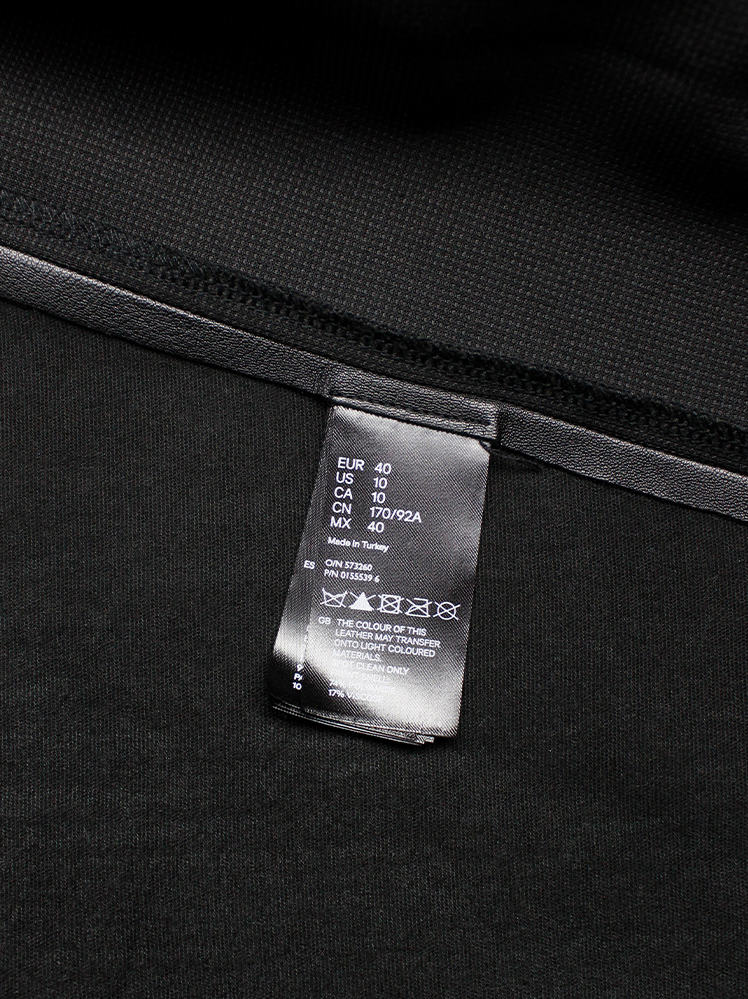Description
Similar items
-
Maison Martin Margiela 1 red floating knit dress with sheer top part — fall 2014
-
Ann Demeulemeester black transformable cold shoulder maxi dress with inner ties — spring 2023
-
Ann Demeulemeester black dress with padded shoulders and minimalist collar — spring 1996
-
Rick Owens lilies brown-grey double layered lobster dress with pleated front and draped back
-
A.F. Vandevorst white maxi dress with pleated front skirt on padding and open back — fall 2015
-
A.F. Vandevorst beige studded dress decorated with beach sand — spring 2014
-
A.F. Vandevorst black sheer top with black dress draped on the front — fall 1999
-
Ann Demeulemeester Blanche white draped tunic with pleated bust — fall 2009 re-edition
About the Margiela H&M collaboration
Here’s a dress from the highly anticipated fashion collaboration between Maison Martin Margiela and H&M. It was a re-edition of the most iconic Margiela pieces, toned down for commercial reproduction.
One of the standout pieces from the collection was a dress made from a car seat cover, inspired by the same dress from the fall 2006 collection.
This dress was cut and draped to create a sculptural and unique garment. And showcased Margiela’s commitment to using unexpected materials in fashion design.
The use of a car seat cover to create a dress can be seen as a commentary on the disposable nature of modern society and the need to repurpose materials in order to create something new and meaningful. By taking a utilitarian object and transforming it into a high-fashion garment, Margiela challenged the traditional ideas of luxury and created something truly unique.
One of the most notable features of the dress is the way that it plays with the idea of functionality. While a car seat is designed for comfort and safety, the dress transforms this utilitarian object into a high-fashion statement piece. It also challenges traditional notions of beauty by elevating an object that is usually considered mundane or even unattractive.
In terms of design, the dress is a masterclass in construction and attention to detail. The leather has been meticulously cut and sewn to create a three-dimensional effect, with the seams and perforations adding texture and visual interest. The dress is also designed to fit snugly around the body, emphasizing the wearer’s silhouette.
About Maison Martin Margiela
Martin Margiela is a Belgian designer, graduating from the Royal Academy of fine arts in Antwerp. He is often mistaken as one of the ‘Antwerp Six’.
At the time when Ann Demeulemeester,Walter van Beirendonck, Dries Van Noten, Dirk Van Saene, Dirk Bikkembergs and Marina Yee were showcasing in London, Margiela was already working for Jean Paul Gaultier.
Martin Margiela stayed away from the public eye, remaining backstage after his shows and only allowing press to contact hem via fax. Maison Martin Margiela’s discreet brand label consists of a blank piece of cloth or with the numbers 0-23. The trademark is attached with four small, white stitches, visible on the outside on unlined garments. The concept behind this was so the tag could be cut out, making the garment anonymous like it’s creator.
Margiela’s work is highly conceptual; a large piece of his repertoire is playing with conventions and recycling. Influenced by Rei Kawakubo, he works with deconstructed garments and frayed edges, nevertheless are his garments perfectly tailored. A lot of his work also includes trompe-l’oeil, a reference to René Magritte. Martin Margiela was appointed as a Guest member of the Chambre Syndicale de la Haute Couture in 2010. His work is more often talked about as ‘art’ rather than fashion.
His most iconic piece is his tabi boot, Margiela’s interpretation of Japanese split-toe tabi socks.
Margiela left his eponymous label in 2009, leaving the creative staff to continue the collection for several seasons. In 2014 John Galliano was appointed as new head designer. The only way now get an original Martin Margiela piece, is only by buying vintage Margiela clothing.

















